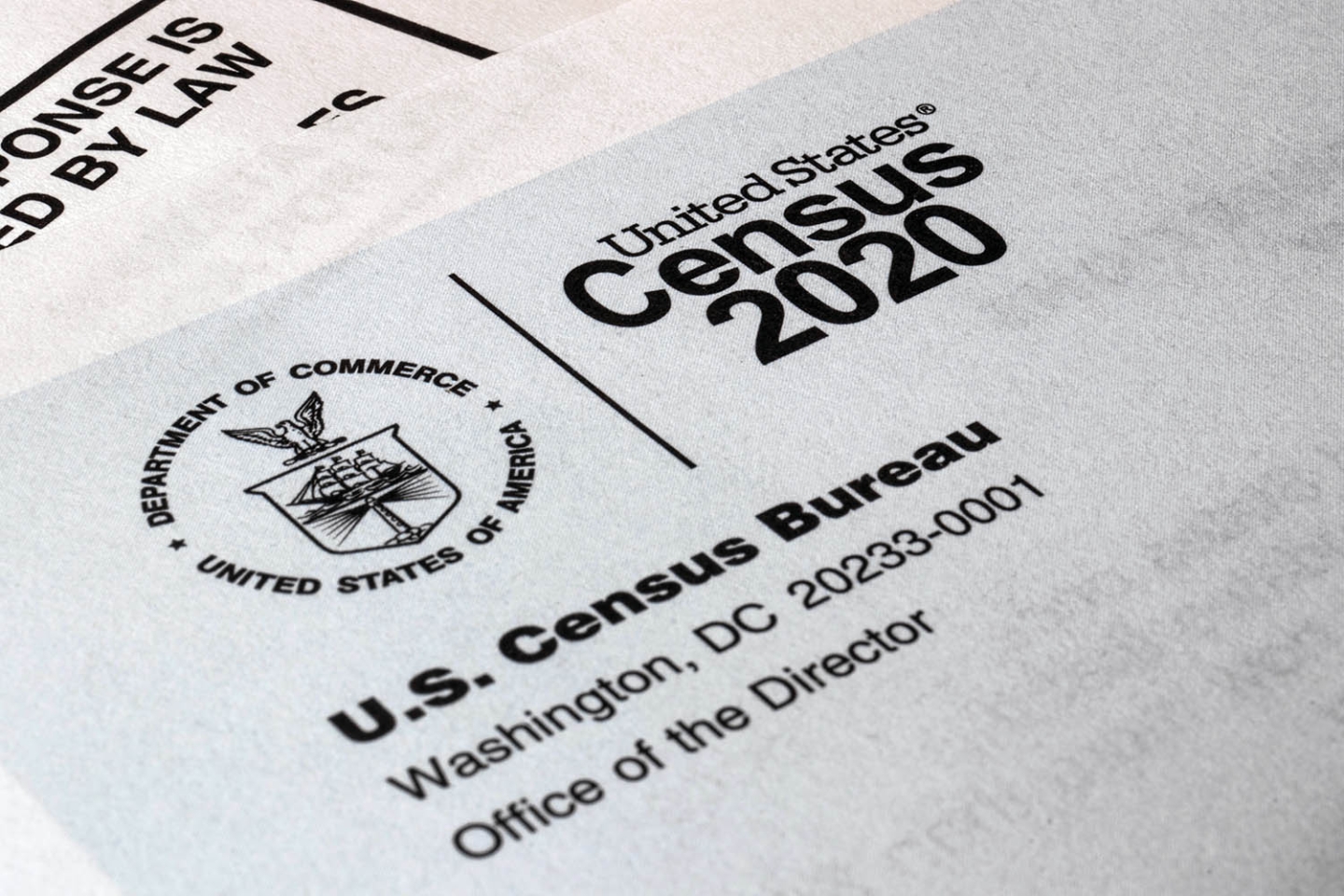
SCORE is an organization that provides free, expert mentoring, resources and education to entrepreneurs to start, grow or successfully exit a business. It has compiled this checklist for businesses seeking loans. For more detailed instructions on the items below and planning guidance, refer to Score’s Business Planning Templates available at Score.org.
Business Plan
- Description of business: What business are you in? What do you do?
- Products and services: Describe in depth your products and services. What factors give you competitive
advantages? What is the pricing/fee for you products or services. - History of business: Years in business, previous owners, successes, failures, lessons learned, reputation in community, sales and profit history, number of employees, and events that affected success. Discuss significant past problems and how you solved and survived them.
- Competition: What products and companies compete with you? List your major competitors. Include a SWOT—Strengths, Weaknesses, Opportunities and Threats—analysis
- Marketing plan: Provide an outline of your marketing. How will you promote and advertise, what is your budget for this?
- Operational plan: Explain the daily operation of the business, its location, equipment, people, processes, and surrounding environment, as well as environmental issues
- Management and organization: Who manages the business on a day-to-day basis? What experience does that person bring to the business? What special or distinctive competencies? Include history of management team, resume, succession planning
- Ownership and structure: Is you business structure a sole proprietor, partnership, corporation, or limited
liability corporation (LLC). If there are partners or investors that own more than 20%, describe that structure. Include a Certificate of formation with the Secretary of State showing the business is in good standing. Include a partnership agreement if you have one, tax ID, percentage of ownership by principles.
Employment
(This is required when working with an economic development organization.)
- Current level of employees (including description of payroll)
- Description of jobs created (including function, numbers, wages)
- Wages
- Job function (full or part-time)
- Training needs, skills needed
Financial
Personal finances, including:
- A personal financial statement (SBA form-413) signed by both spouses for SBA 504 or 7A and anyone owning more than 20% of the business.
- Three years of personal tax returns, complete with all schedules.
Business Finances, including:
- SBA 4506 form
- Three years of business tax returns completes with all schedules, all businesses owned more than 20%.
- Debt-to-income ratio (bank will complete their own). The debt-to-income ratio is one way lenders measure an individual’s ability to manage monthly payment and repay debts. It is calculated by dividing total recurring monthly debt by gross monthly income, and it is expressed as a percentage. While accepted debt-to-income ratios vary by lender, generally a DTI of 36% or lower is considered a good debt-to-income ratio. Many lenders will finance (up to) a 43% DTI. If your DTI is higher than 43%, you may have a hard time getting approved for a loan. You should consider lowering your DTI before applying.
- Two years of balance sheets (pro forma for new and established businesses). This is the financial statement of a company that includes assets, liabilities, equity capital, total debt, etc. at a point in time.
- Two years of income statements (year to date) and proforma for new and established business. An income statement (sometimes called a profit and loss statement) lists your revenues and expenses, and tells the profit or loss of your business for a given period of time.
- Accounts payable and receivable. Accounts payable is money owed by a business to its suppliers shown as a liability on a company’s balance sheet. Accounts receivable is the balance of money due to a firm for goods or services delivered or used but not yet paid for by customers.
- Current and two-year pro forma cash flow with B.O.E.s (basis of estimates or assumptions).
- Town tax card valuation/land and building value estimates
- Purchase and sales agreements, lease agreements, letters of intent, location map
- Key cost documents, such as contractor estimates, vendor quotes for machinery and equipment
- Sources and uses of all funds. If source is cash, provide
proof/bank statements
Other, including:
- Statement of Personal History (SBA form 912)
- INS verification, if non-U.S. citizen



